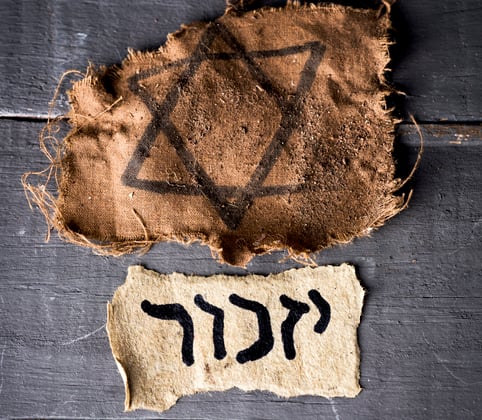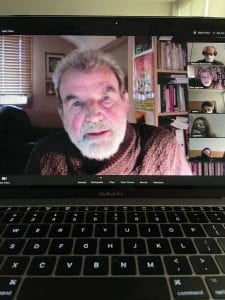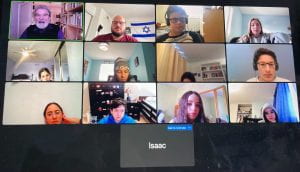On a high from conquering the city of Yericho, Joshua sets forward on the course to conquer city #2: Ai. Unbeknownst to him one person – Achan – violated the ONLY thing that God said not to do after winning Yericho. Achan stole from the spoils of war. Why does this matter? Well, we are told that this was (part of) the reason that the Israelites lost the battle against Ai.
How is this even fair? This excellent question was the subject of Navi class last week. Is communal punishment ever ok?
The classes read the following excerpt from a letter sent to Dear Abby:
“It is necessary to listen to and follow the teacher’s instructions so that the teacher can get on with teaching us.
On the other hand, I am a perfectly obedient student, I always do as I am told and rarely talk in class. And yet, I still get punished for other people’s bad behaviour every day. Therefore, I feel that there is no point in behaving well because I am going to be punished no matter what I do.
This attitude or mindset I have developed has been brought on by teachers like you, who insist on punishing the whole group/class for one or two people’s bad behaviour. This type of behaviour is unfair and unjust and I don’t think I can withstand it any longer.
If somebody is misbehaving, punish them individually (this is fair). I don’t mind being punished if I know I deserve the punishment, but, being punished through no fault of my own is just unfair.
Although it is important for the students to follow the rules, it is also important to treat us as students fairly and respectfully.”
Then we watched clips that addressed each side of the issue:
and
Finally, the students were asked to write their own letters addressing the issue: Is it ever fair to have a communal punishment.
Here are a few examples of the answers:
Dear Disgruntled student,
I understand that you could hate your teachers for punishing you while you did nothing, and it is not okay for them to punish you every day for the actions of your peers. However sometimes in order to inspire team spirit it is necessary to punish the whole team together. Imagine if you were on a soccer team and one of your friends showed up late, as opposed to punishing them individually, which would result in them feeling isolated from the rest of the team, it would make more sense to punish the whole team. This concept also applies to the classroom.
Dear Student,
I understand how you feel, and I know many other students feel the same way.
But your class is a team, one person does something wrong, you all go through the punishment together. I do this because I want you to learn how to work together.
Even though someone does something wrong everyday, it is not impossible to teach them how they should not do it, so after many reminders, nobody will do anything bad, as a team.
Sincerely,
Mrs.Abby
PS, I’m not close enough to you for you to call me Abby without the Mrs.
And, voting for the other side:
Dear Dalosras pickle brain,
I respect your argument in every way. It is not fair that if just one person does something wrong not everyone should be punished. I know that many people feel that is wrong. But I also think that it is important to take some things as a team because if everyone gets punished the person who did wrong will feel guilty and not do it again and the people who are getting punished will try not to do it because they don’t want to be that person and to let everyone be punished.
Sincerely,
Altonato tomato
This chapter ends with Achan’s punishment and Bnei Yisrael preparing for the second battle of Ai.




